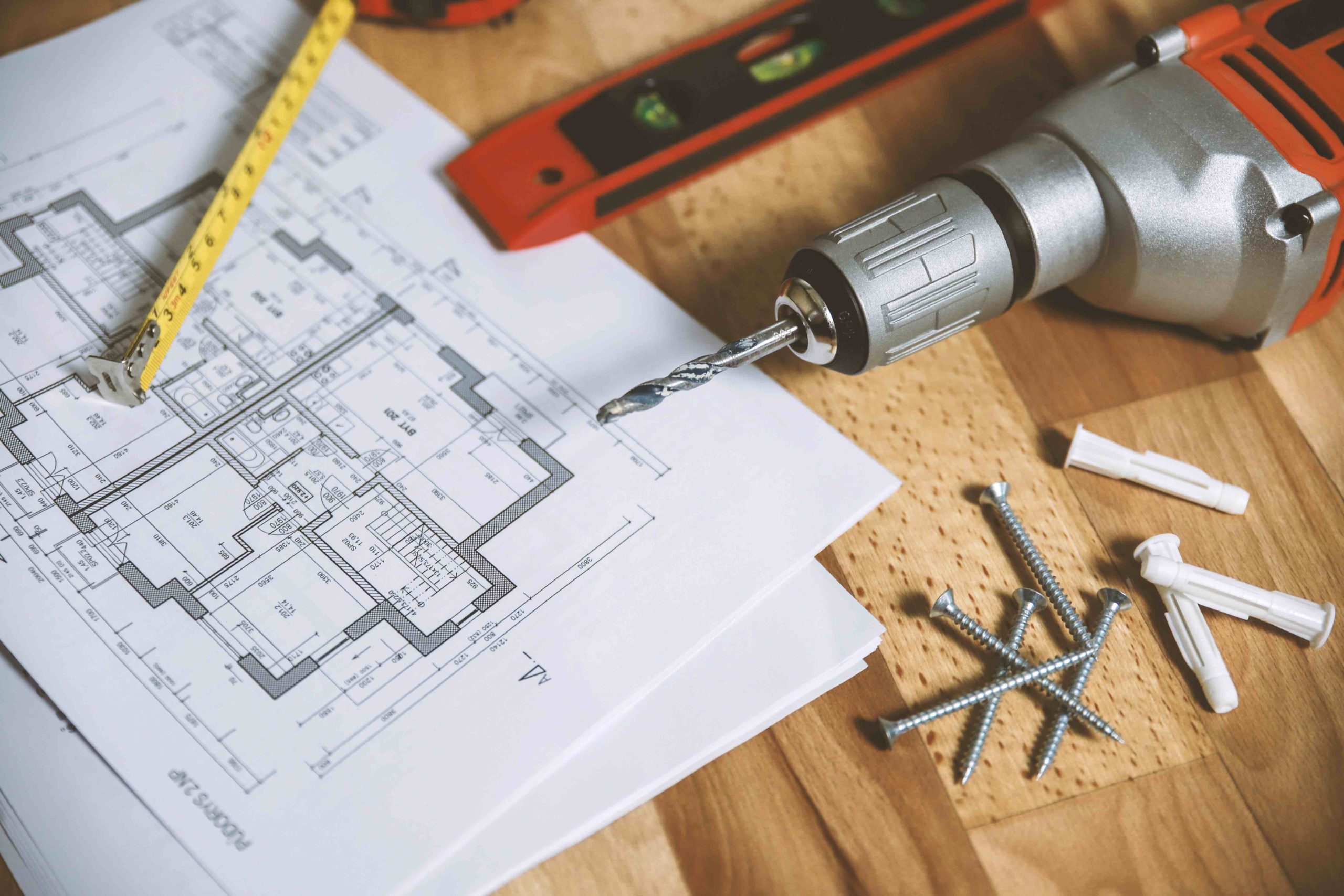
Will Open Floor Plans Continue to trend in 2030?
Open floor plans have become a consistent appearance. Over the last few decades, every builder and architect has used the concept at some point in time. This architectural trend has equally infiltrated small homes and spacious homes.
In the 1950s, after World War II, with more housing needed for smaller families, open floor plans began to grow in popularity. By the 1990s, open floor plans became more than a trend – it became a construction norm to lure buyers to modern designer homes. It became most popular in the US.
What is an open plan?
In architecture, a floor plan that has a design with a single larger space, instead of smaller enclosed spaces, is called an open plan or open floor plan.
In residential design, the open plan or open concept design has fewer walls to distinctly separate rooms. In an open floor plan home, the kitchen, living room, and dining room are designed as a single larger room. Often a kitchen island or peninsula is used to create a visual dividing line between the kitchen and dining or living area.
In offices, the open plan design involves seating without visual barriers or layouts without multiple cubicles.
In landscaping, the term open plan refers to living spaces with no defined property boundaries, such as hedges, fences, or walls.
The purpose of any open plan is to combine areas into one continuous and fluid space to maximize visual space.
Origin of the open floor plan
In the 1880s, the advances in central heating allowed larger spaces to stay at comfortable temperatures. Homes that had multiple smaller public rooms began to replace them with larger rooms that fulfilled various uses. Only the kitchens, bedrooms, and bathrooms remained as walled private spaces.
By the turn of the century, architect Frank Lloyd Wright developed the “Prairie School” of architecture.
Ian Bogost’s piece in the Atlantic titled “The Curse of an Open Floor Plan”, credits Frank Wright with popularizing the open plan. He goes on to say, “In the February 1901 issue of Ladies Home Journal, American architect Frank Lloyd Wright published plans for a home “in a prairie town.” It had a low-pitched roof, wide eaves, horizontal orientation, and a strong connection to the surrounding landscape. Inside, another feature is present, in the nascent form: an early open floor plan, combining multiple rooms together into a continuous space”.
Frank Lloyd Wright’s design concept eliminated a dividing wall between the living and dining room so that women could freely hold a conversation with home guests while still prepping a meal. His signature style became the hallmark of mid-century modern design. In his open floor plan, the layout had a larger living space that combined dining areas and living areas, mostly separated by an open fireplace. Since then, the open floor plans have continued to evolve. Now open floor plan kitchen designs are most commonly used in homes.
Open Floor Plan Advantages
There are several advantages of an open floor plan. They include: –
i. In demand
Homeowners even today request architects to design open plans. The trend, even if it has slowed down considerably, has not disappeared.
ii. Ideal for smaller homes
Since an open floor plan has open sight lines without interior walls, the space feels bigger and brighter. Also, with lesser internal walls the room allows rich natural daylight.
iiI. Easy flow
Without walls to hinder the flow and doors to open and close, the room offers smooth movement to the occupants. One large space leads to easy communication flow to allow the family members to talk to one another across rooms.
iv. More square feet
Without partition walls, it is easy to gain on some additional square feet. One can instead use statement furniture to demarcate the rooms.
v. Kid-friendly
Open floor plan kitchen designs make it easier to monitor kids. For example, while cooking in the kitchen, a mom can easily watch over the kids playing in the living room.
vi. Multifunction floor plans
Since there are no defined spaces with internal walls, one can position the furniture and fixtures to create multi-purpose nooks. In an open floor plan home, it is easy to create a reading area, a home office area, or any utility area, depending on your needs at the moment.
Open Floor Plan Disadvantages
Open floor plans are not for everyone. They do come with the following disadvantages:-
i. High cost to install
Open kitchen layout designs do not come cheap. As the open floor plan eliminates interior walls, they require much stronger load-bearing beams to support the structure. These steel-laden beams are expensive to install.
ii. Less Privacy
As three rooms are in one space, whether you’re in the living room, kitchen, or dining room, you are in the same space as others. While an open floor plan is great to entertain, it leaves you with little privacy.
iii. Noise factor
Walls don’t just segregate living spaces – walls also help to block sound. Whether it is the sound of the food blender or the dishwasher, it may be distracting while relaxing in your open living room cum kitchen cum dining room. It may be cumbersome to manage the acoustics in an open plan.
iv. Feels impersonal
A large open space may look good in an office or a gymnasium but feels cold, distant, and impersonal in a home. The property may look luxurious but may not feel cozy and homey, as in smaller designed
areas. Open floor plan living rooms need a balance between the three areas – living, dining, and kitchen.
v. Cooking is not picturesque
Cooking in the kitchen is not the fastest and cleanest activity. Cooking a meal can take anywhere from few minutes to few hours. Cooking can subject the kitchen area to spillage, odor, to dirty dishes. It may not be the best view to enjoy from the comfort of the living or dining room.
vi. Less Storage Space
Fewer walls translate to lesser space for shelves and storage cabinets. It may give rise to clutter in the home that is easily visible in an open floorplan.
vii. Lesser display walls
When you have fewer walls, you also have less place to hang your favorite paintings, family frames, or artwork. This can impact the décor and overall look of the room, making it look barren.
viii. Less Energy Efficient
Open floor layouts require planning to save energy. While traditional floor plans allow you to heat or cool individual rooms separately, in open floor plans, the entire space will be heated or cooled at the same time. This can cause wastage of energy.
ix. Very modern
The open floor plan is a hallmark of contemporary architecture. It means all your furniture and fixtures need to be modern too. An open floor plan in most homes does not blend with Victorian or antique furniture and decor.
x. Difficult to keep clean
Open spaces are not easy to keep clean at all times and conceal the untidiness or mess from guests who may suddenly decide to drop by. With this being one of the disadvantages, open floor house plans 2021 are not hugely sought after.
Conclusion
For the last four decades, open floor plans for homes have dominated architectural design. But with more millennials looking for houses, the trend for open floor plan living rooms that join a kitchen and dining area is slowly diminishing. Different design concepts that offer more personal and intimate spaces are on the rise. The top interior designers in US are taking feedback from architects who are designing the best open floor plans 2021 as a hybrid plan. The newer open floor plans will give a feel of openness, but with some separation of rooms.
Only time will tell whether or not open floor plans in homes continue to exist in 2030.
